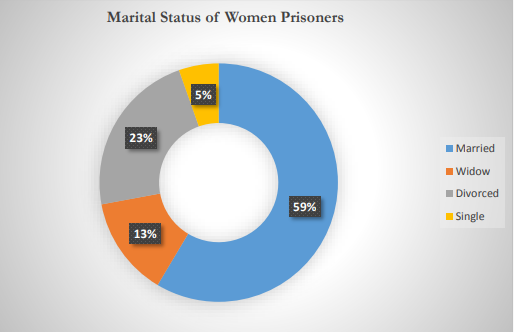Examining the Plight of Imprisoned Women in Balochistan A Critical Analysis of Socioeconomic Challenges and Gender Inequality
Keywords:
Infant mortality, undernutrition, cultural practices, indigenous communityAbstract
Examining the circumstances and needs of incarcerated women in jails, with a specific focus on the case of Balochistan province, constitutes a crucial analysis. Nearly half of Pakistan's population consists of women, a demographic facing not only economic hardships but also a dual form of marginalization. The majority of these women grapple with limited literacy skills and depend on others for financial support. The dire situation is underscored by social and economic indicators, such as Balochistan's staggeringly low female literacy rate of only 21%. Multiple studies provide evidence of heightened rates of mother and infant mortality and morbidity, along with prevalent chronic malnutrition among girls. This nutritional inadequacy contributes to a high mortality rate among women. Women, as a majority in society, often find themselves in a position of reliance and lack authority, a circumstance perpetuated by prevailing cultural norms. These norms, accompanied by distinct standards of honor and disgrace, restrict women's engagement in various aspectsof life. Male domination is a prevailing characteristic nationwide, notably evident in the tribal community of Balochistan. This male dominance translates into discrimination against females, particularly in realms like health and education. Balochistan lags significantly in all four areas—social, economic, health, and educationleading to limited prospects for both male and female populations, with notably fewer opportunities for women.

